A new method for mopping up and reusing dangerous pollutants from the environment could result in longer-lasting rechargeable batteries.
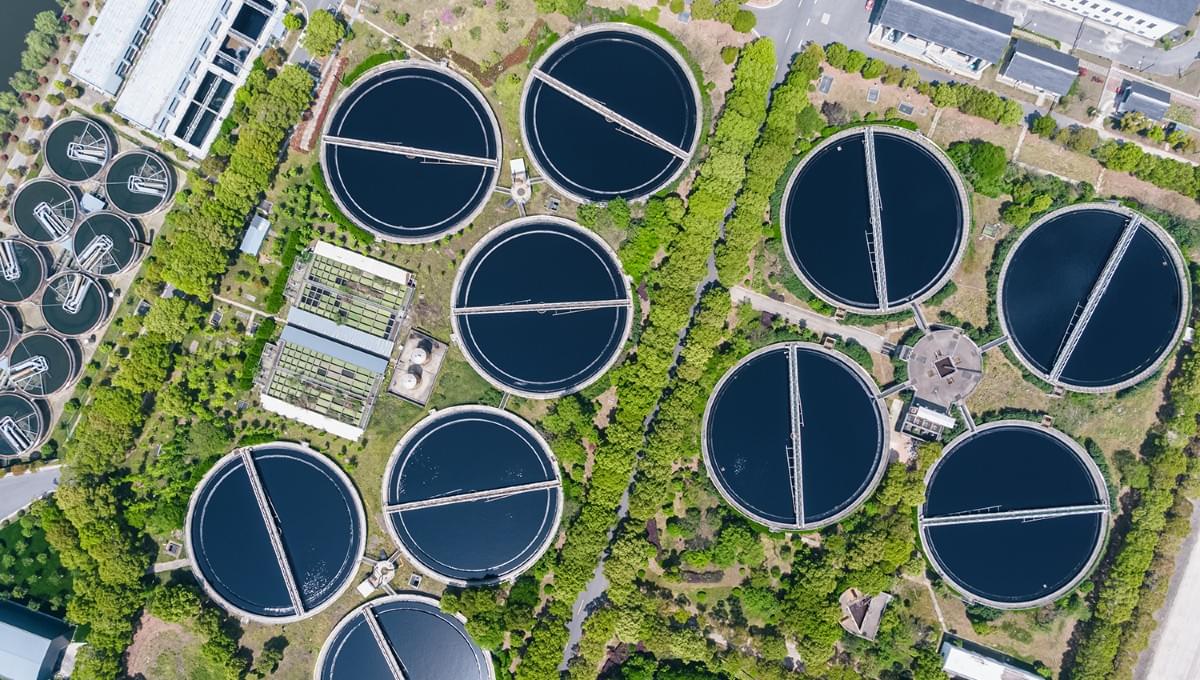


Rapidly expanding advances in computational prediction capabilities have led to the identification of many potential materials that were previously unknown, including millions of solid-state compounds and hundreds of nanoparticles with complex compositions and morphologies. Autonomous workflows are being developed to accelerate experimental validation of these bulk and nanoscale materials through synthesis. For colloidal nanoparticles, such strategies have focused primarily on compositionally simple systems, due in part to limitations in the generalizability of chemical reactions and incompatibilities between automated setups and mainstream laboratory methods. As a result, the scope of theoretical versus synthesizable materials is rapidly diverging. Here, we use a simple automated platform to drive a massively generalizable reaction capable of producing more than 651 quadrillion distinct core@multishell nanoparticles using a single set of reaction conditions. As a strategic model system, we chose a family of seven isostructural layered rare earth (RE) oxychloride compounds, REOCl (RE = La, Ce, Pr, Nd, Sm, Gd, Dy), which are well-known 2D materials with composition-dependent optical, electronic, and catalytic properties. By integrating a computer-driven, hobbyist-level pump system with a laboratory-scale synthesis setup, we could grow up to 20 REOCl shells in any sequence on a REOCl nanoparticle core. Reagent injection sequences were programmed to introduce composition gradients, luminescent dopants, and binary through high-entropy solid solutions, which expands the library to a near-infinite scope. We also used ChatGPT to randomly select several core@multishell nanoparticle targets within predefined constraints and then direct the automated setup to synthesize them. This platform, which includes both massively generalizable nanochemical reactions and laboratory-scale automated synthesis, is poised for plug-and-play integration into autonomous materials discovery workflows to expand the translation of prediction to realization through efficient synthesis.
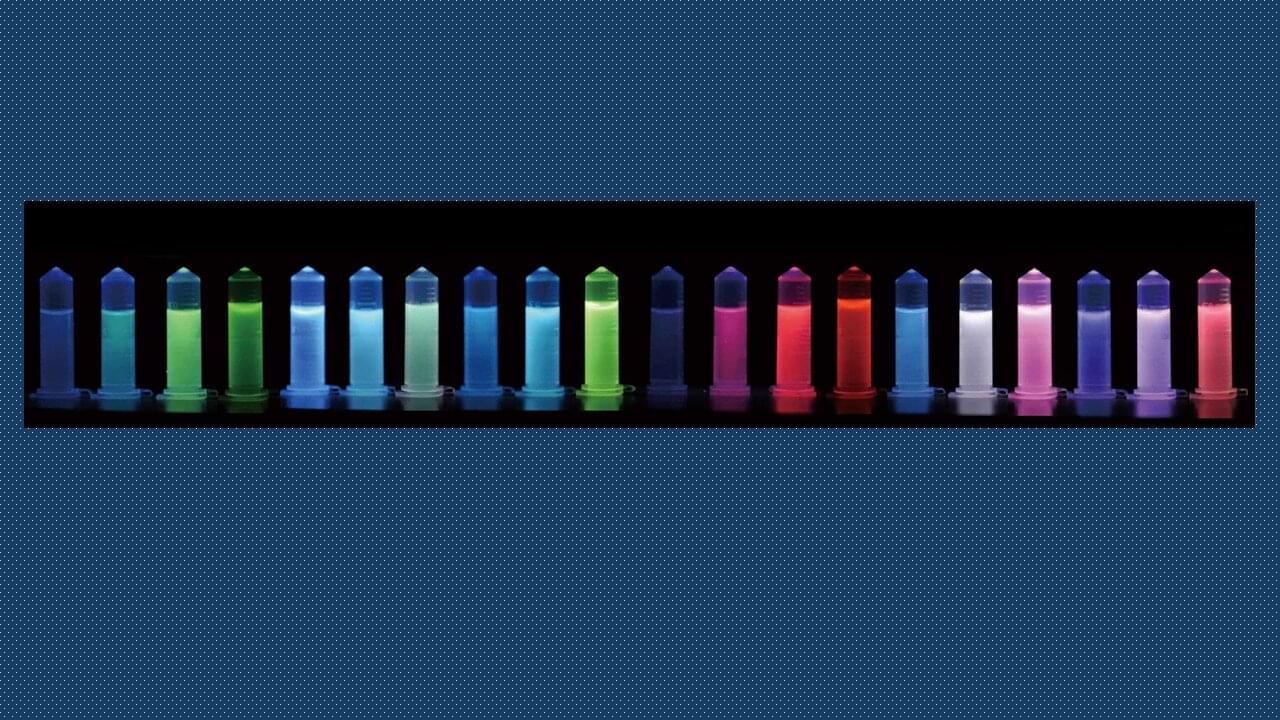
In a discovery shaped by more than a decade of steady, incremental effort rather than a dramatic breakthrough, scientists from the National University of Singapore (NUS) and their collaborators demonstrated that great ideas flourish when paired with patience.
Flashback to 2011: a small group of young researchers gathered around an aging optical bench at the NUS Department of Chemistry, watching a faint, flickering glow on a screen. Their goal seemed deceptively simple: make an insulating crystal emit light when electricity flowed through it. The challenge, however, was nearly impossible.
Lanthanide nanocrystals, known for their chemical stability and pinpoint color purity, were insulators, notoriously resistant to electrical excitation.
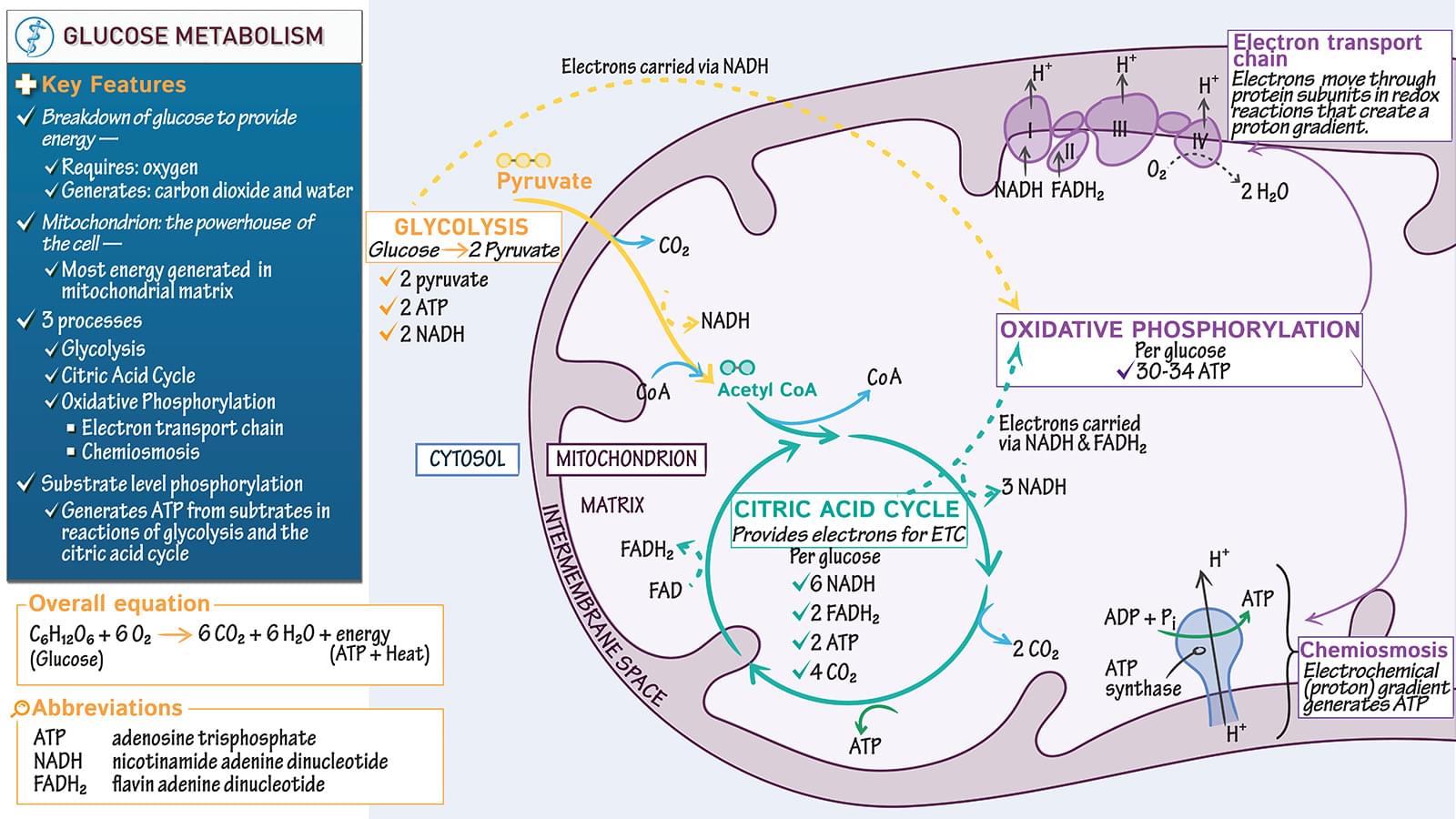
GLUCOSE OXIDATION EQUATION Glucose + 6 O2 — 6 CO2 + 6 H2O + Energy (ATP + heat) • Most energy is generated in mitochondrial matrixCommon Abbreviations: • ATP: adenosine triphosphate • NADH: nicotinamide adenine dinucleotide • FADH2: flavin adenine dinucleotide • CoA: Coenzyme AKEY PROCESSES IN GLUCOSE OXIDATION • Glycolysis • Pyruvate decarboxylation • Citric acid cycle (also known as the Krebs’ cycle and the tri-carboxylic acid (TCA) cycle) • Oxidative phosphorylation (electron transport chain & chemiosmosis)CITRIC ACID CYCLE • 1 glucose molecule requires 2 citric acid cycle turns • Input for each turn: 1 Acetyl CoA • Output for each turn: 3 NADH + 2 CO2 + 1 ATP + 1 FADH2 • NADH & FADH2: electron transfer molecules for oxidative phosphorylation • Occurs in mitochondrial matrixSubstrate level phosphorylation • ATP generated from substrates in glycolysis and citric acid cycle • NOT from.
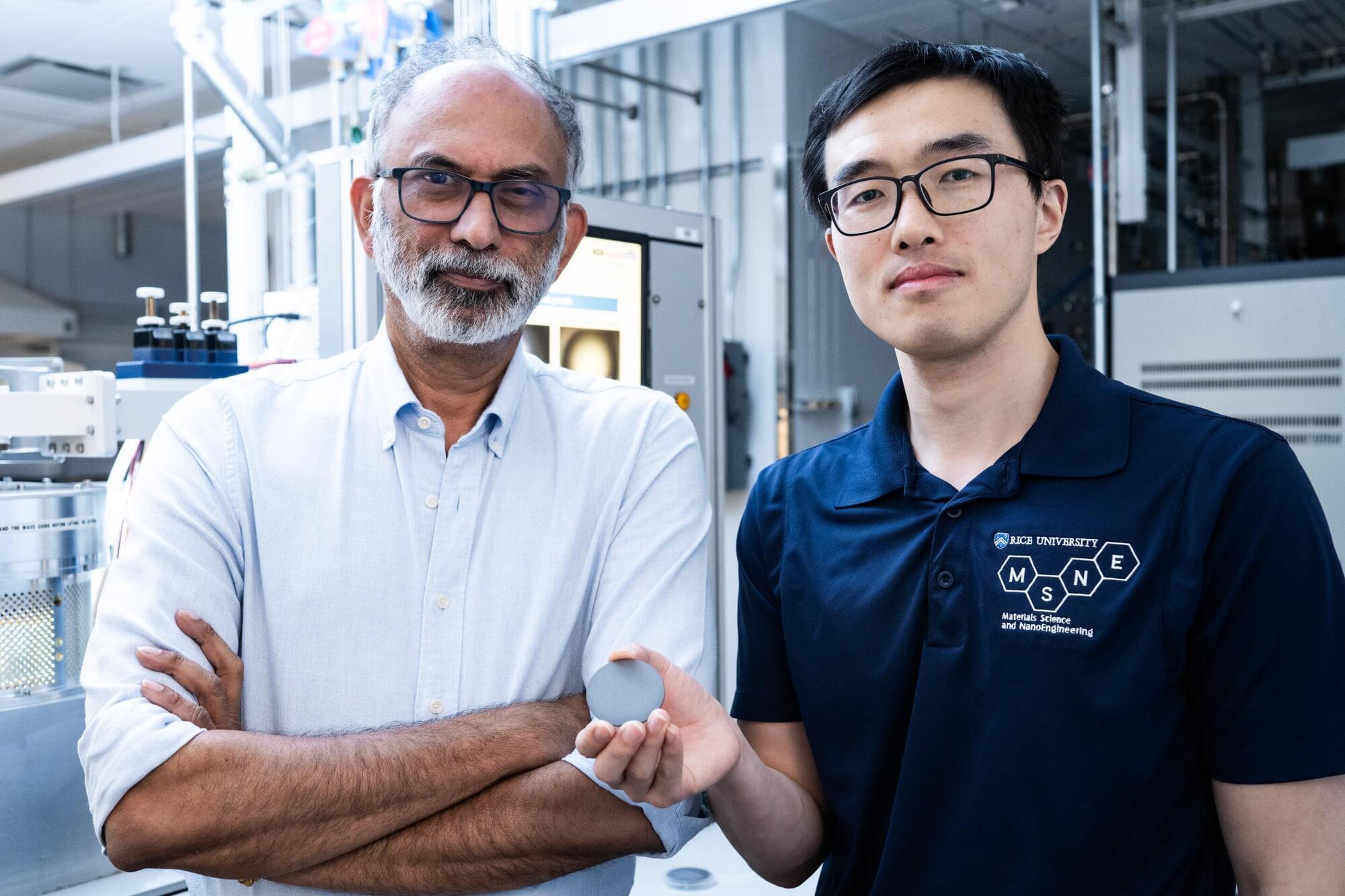
In industrial pipes, mineral deposits build up the way limescale collects inside a kettle ⎯ only on a far larger and more expensive scale. Mineral scaling is a major issue in water and energy systems, where it slows flow, strains equipment and drives up costs.
A new study by Rice University engineers shows that lab-grown diamond coatings could resolve the issue, providing an alternative to chemical additives and mechanical cleaning, both of which offer only temporary relief and carry environmental or operational downsides.
“Because of these limitations, there is growing interest in materials that can naturally resist scale formation without constant intervention,” said Xiang Zhang, assistant research professor of materials science and nanoengineering and a first author on the study alongside Rice postdoctoral researcher Yifan Zhu. “Our work addresses this urgent need by identifying a coating material that can ‘stay clean’ on its own.”

Quantum ground states are the states at which quantum systems have the minimum possible energy. Quantum computers are increasingly being used to analyze the ground states of interesting systems, which could in turn inform the design of new materials, chemical compounds, pharmaceutical drugs and other valuable goods.
The reliable preparation of quantum ground states has been a long-standing goal within the physics research community. One quantum computing method to prepare ground states and other desired states is known as adiabatic state preparation.
This is a process that starts from an initial Hamiltonian, a mathematical operator that encodes a system’s total energy and for which the ground state is known, gradually changing it to reach a final Hamiltonian, which encodes the final ground state.
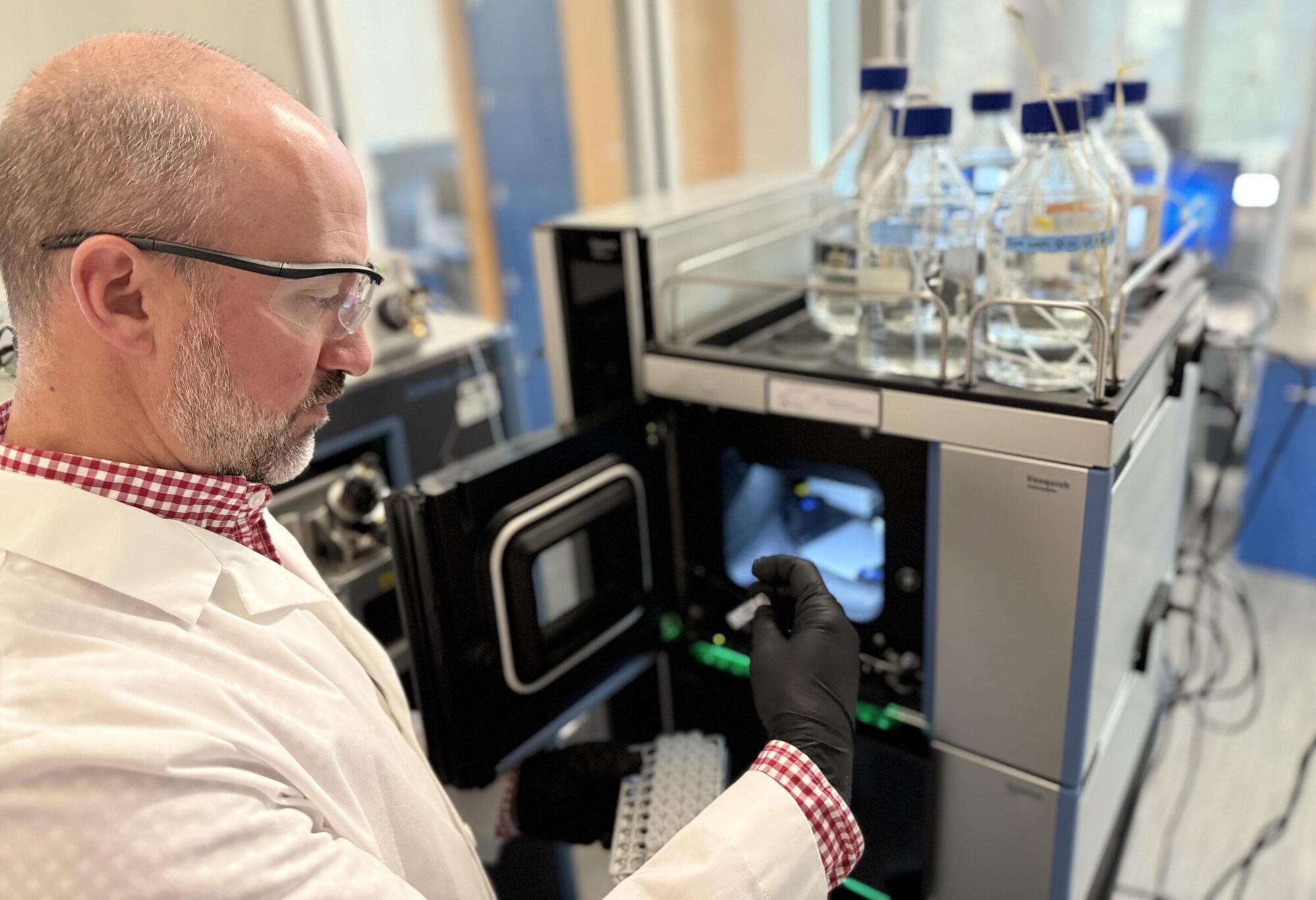
An environmental chemistry laboratory at Duke University has solved a longstanding mystery of the origin of high levels of PFAS—so-called “forever chemicals”—contaminating water sources in the Piedmont region of North Carolina.
By sampling and analyzing sewage in and around Burlington, NC, the researchers traced the chemicals to a local textile manufacturing plant. The source remained hidden for years because the facility was not releasing chemical forms of PFAS that are regulated and monitored. The culprit was instead solid nanoparticle PFAS “precursors” that degrade into the chemicals that current tests are designed to detect.
Incredibly, these precursors were being released into the sewer system at concentrations up to 12 million parts-per-trillion—approximately 3 million times greater than the Environmental Protection Agency’s recently-enacted drinking water regulatory limit for certain types of PFAS.

Alzheimer’s disease (AD), a progressive neurodegenerative disorder, is one of the leading causes of dementia worldwide, and currently has no definitive cure. Although antibody-based therapies that target amyloid β (Aβ) have recently been developed, their clinical effectiveness remains limited. These treatments can be costly and cause immune-related side effects, highlighting the need for safer, affordable, and widely accessible approaches that can slow the progression of AD.
In a study, published online on October 30, 2025, in Neurochemistry International, researchers from Kindai University and collaborating institutions discovered that oral administration of arginine, a naturally occurring amino acid and safe chemical chaperone, effectively suppresses Aβ aggregation and its toxic effects in animal models of AD.
The researchers emphasized that although arginine is available as an over-the-counter dietary supplement, the dosage and administration protocol employed in this study was optimized for research purposes and does not correspond to commercially available formulations.

The understanding of complex many-body dynamics in laser-driven polyatomic molecules is crucial for any attempt to steer chemical reactions by means of intense light fields. Ultrashort and intense X-ray pulses from accelerator-based free electron lasers (FELs) now open the door to directly watch the strong reshaping of molecules by laser fields.
A prototype molecule, the famous football-shaped “Buckminsterfullerene” C₆₀, was studied both experimentally and theoretically by physicists from two Max Planck Institutes, the one for Nuclear Physics (MPIK) in Heidelberg and the one for the Physics of Complex Systems (MPI-PKS) in Dresden in collaboration with groups from the Max Born Institute (MBI) in Berlin and other institutions from Switzerland, U.S. and Japan.
For the first time, the experiment carried out at the Linac Coherent Light Source (LCLS) of the SLAC National Accelerator Laboratory could image strong-laser-driven molecular dynamics in C₆₀ directly.

Scientists have been able to measure the electrical signals in the “second brain in our guts” for the first-ever time, giving renewed understanding to its interconnection with the brain.
Researchers from the Department of Chemical Engineering and Biotechnology (CEB) and Department of Engineering at the University of Cambridge, and Thayer School of Engineering at Dartmouth have created a miniature device, thinner than the width of a hair, that can be placed between the layers of the colon to record these signals.
The device, a soft, flexible electronic implant, has been tested in rodents and pigs so far and works even in freely moving animals, detecting responses to various stimulants and physical pressure.